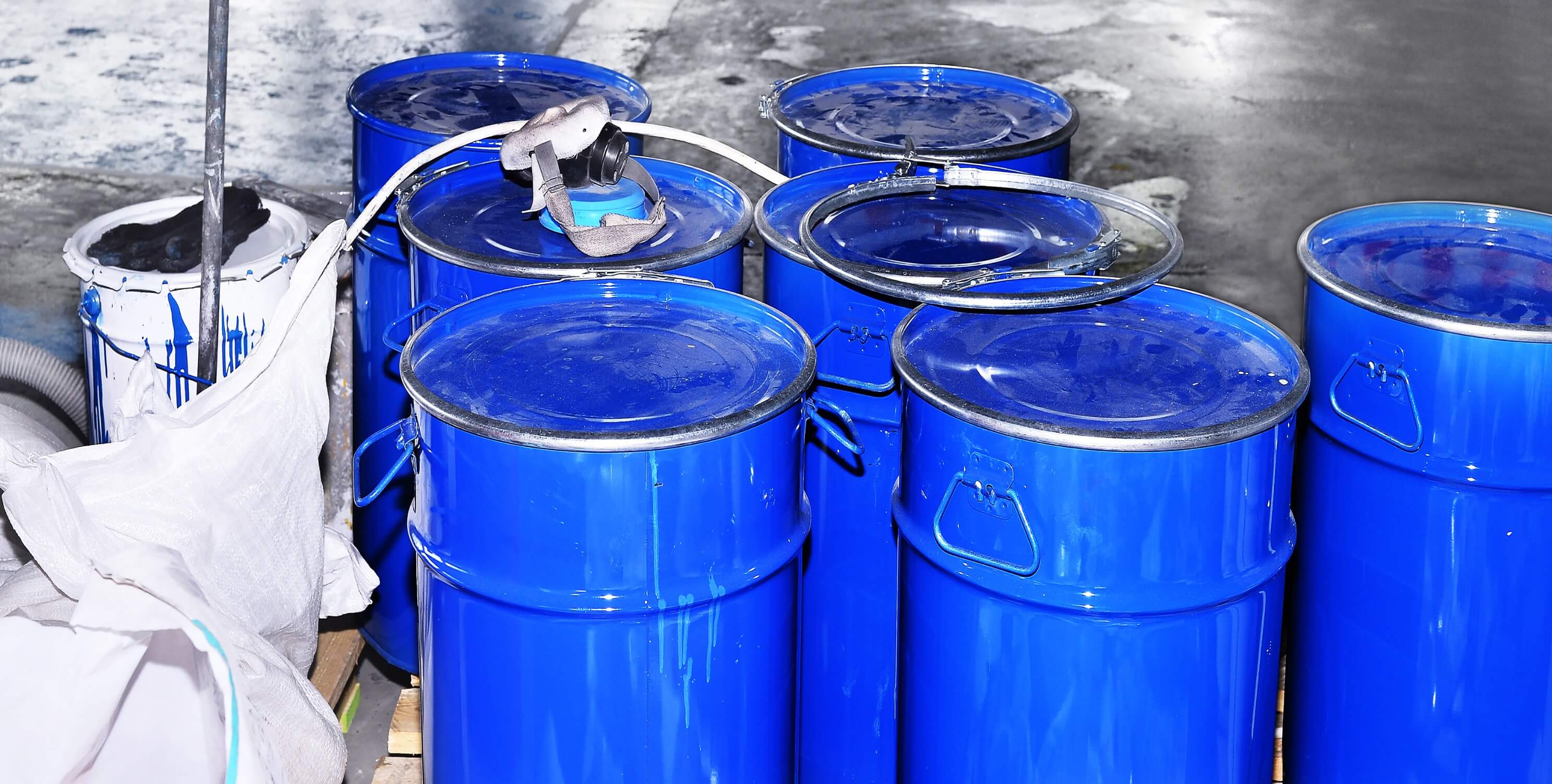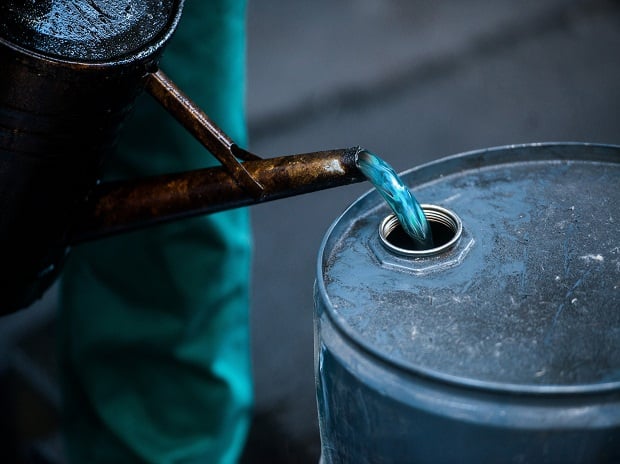kerosene
printBuy kerosene
Greetings and welcome to you, friends of Kimia Tejarat Behnam International Company
In this site, we provide you with everything related to the purchase of kerosene and its supply
Be happy and healthy.
price of kerosene oil
purchase kerosene
kerosene, lamp oil or kerosene (in English: Kerosene) is one of the petroleum compounds and fuel materials. In the past, kerosene was widely used in the household sector as a fuel for heating and cooking, which has been replaced by city gas and liquid gas in many places today. The oldest text that the extraction method explained kerosene from crude oil, Written by Mohammad Zakaria Razi, an Iranian scientist. He spends most of his life in Baghdad as a chemist and doctor In “Kitab al-Asrar” two methods for The production of kerosene is explained. At that time, kerosene was used in oil lamps known as “Nafate” to produce heat and light.
What is kerosene?
A flammable hydrocarbon liquid derived from petroleum. It is called kerosene. Other names of this substance are paraffin or lamp oil, of course, the only similarity of this substance with paraffin The name is common between the two. This clear liquid composition, Low viscosity and non-sticky but sticky material Like paraffin wax can be made from it. this material composed of hydrocarbon molecules that usually It has between 6 and 20 carbon atoms in each molecule and mostly contains 9 to 16 carbon atoms.

History of kerosene production
This compound was discovered in the late 1840s by Abraham Gesner, a Canadian physician. Initially, kerosene was produced from coal tar and shale oil. However, following the drilling of the first oil well in Pennsylvania by E.L. in 1859, crude oil quickly became the main source of kerosene.
Because of its use in lamps, kerosene was the main product of refineries for decades until the advent of the electric lamp reduced its value for lighting. With the increase in automobile production, gasoline was produced as an important petroleum product, and conversion of kerosene to gasoline was used for this purpose. The difference between kerosene, diesel and gasoline is in terms of carbohydrate content, and all these fuels are derived from crude oil.
However, in many parts of the world it is still a heating fuel and is used for cooking as well as lamps. Standard commercial jet fuel is primarily high-quality kerosene, and many military jet fuels are blends based on this oil. Therefore, in answer to the question whether kerosene is natural or synthetic, it can be said that it is a natural substance derived from crude oil.
Kerosene production process
The first step in the production of kerosene is the collection of crude oil. Most of the oil reserves are buried deep in the earth and there are three basic types of drilling operations to bring it to the surface. One method, cable-tool drilling, involves using a hammer chisel to separate rock and soil to create a tunnel to reach oil deposits that lie just below the surface. The second process, rotary drilling, is used to reach oil reservoirs that are much deeper underground. The process involves sinking a drill pipe into the ground with a rotating steel bit. This rotary drill rotates rapidly to pulverize earth and rock. The third drilling process is offshore drilling and uses a large ocean platform to lower the shaft to the ocean floor.
geyser eruption
When any of these drilling processes into a tank The underground penetrates, a geyser erupts Because the hydrocarbon gases bring the dissolved crude oil to the surface. These gases remove about 20% of the oil from the well. Then Water is pumped into the well to extract more oil. This washing process It recovers about 50% of buried oil. By adding a surfactant to the water, more oil can be obtained restored However, even with the most vigorous washes, Again, it is impossible to remove 100% of the oil trapped underground Is. The extracted crude oil is pumped into large storage tanks and transported to a refining site.
Remove additions
After the oil is
collected, gross contaminants such as gases, water and dirt are
removed. Desalination is
one of the cleaning operations that can be
done both in the oil field and on the refinery site. After washing the oil, the water is
separated from the oil. The properties of crude oil are
evaluated to determine which petroleum products can be
extracted from it. Key properties of interest include density, sulfur content, and other physical properties of the oil related to its carbon chain distribution. Since crude oil is
a mixture of many different hydrocarbon substances that can be
mixed together, it must be
separated before it can be converted into kerosene.
separation
Distillation is one of the types of separation processes which involves heating the crude oil to separate its components. In this process, the oil flow is
pumped to the end of the distillation column And it warms up there. Lighter hydrocarbon components In the mixture they rise to the top of the column and more High boiling point fractions remain at the bottom. At the top of the column, these lighter vapors reach the condenser which cools them and returns them to liquid state. Columns designed to separate lighter oils are used, they are relatively long and thin (up to 116 feet [35 m] tall), because only They need atmospheric pressure. tall distillation columns They can mix hydrocarbons more efficiently separate because it takes more time to condense High boiling compounds give before reaching the top of the column.
Quality Control
Distillation and extraction processes are not completely efficient and some of possible processing steps to maximize To repeat the production of kerosene. For example, some of Unconverted hydrocarbons may be
distilled be
further separated and recycled to pass through the converter again. By recycling petroleum waste through a reaction sequence Several times, the quality of kerosene production can be
optimized. Based on products/wastes Some of the remaining parts of oil that cannot be
converted into kerosene, It may be
used in other applications such as
lubricating oils be
used In addition, some extracted pollutants During the purification process, they can be
used commercially. These include certain aromatic compounds such as paraffin. Specifications of kerosene and other petroleum by-products by the Testing Association and American Materials (ASTM) and American Petroleum Institute (API) are
regulated.
The future of kerosene
The future of kerosene depends on the discovery of new uses as well as the development of new production methods. New applications include increasing military demand for high-grade kerosene to replace more of its diesel fuel with JP-8, a kerosene-based jet fuel. The diesel fuel industry is also investigating a new process that involves adding kerosene to low-sulfur diesel fuel to prevent it from gelling in cold weather. Commercial aviation may benefit by reducing the risk of jet fuel explosions with the development of a new kerosene fogger. In the residential sector, New and improved oil heaters that provide better protection against fire, is
expected to increase the demand. With the increasing demand for kerosene and its by-products, methods The new refining and extraction of kerosene becomes more important. One of the new methods developed by ExxonMobil is It is a low-cost method for extracting high-purity conventional paraffin from kerosene. Ammonia is
used in this process, which effectively absorbs pollutants. This method uses surface adsorption technology with fixed bed of vapor phase And it produces a high level of paraffin which is more than 90% pure.

The use of kerosene
It is a versatile fuel that has many uses as fuel for oil lamps, cleaning agents, It has jet fuel, heating and cooking oil. Below are some of the uses of kerosene:
Heating and lighting
It used to be one of the most important sources of energy and fuel It was for providing heating and lighting. Today, kerosene is
used as fuel for stoves It is portable. Now due to importance Environment, plus additives They make it burn cleaner and produce less smoke.
cooking
Today, in most of the underdeveloped countries, as a source of supply The main heat and fuel is
used for cooking. Oil is a very useful energy source in gas stoves It is portable for picnics and hiking.
industry
It has the ability to combine with many industrial liquids and chemical compounds. It is
used as a solvent and lubricant in various industries. It also acts as a cooling agent in production And the purification of metals is
used in oxygen-free conditions. Kerosene is the most important pillar for the aviation industry. It provides fuel for airplanes. Oil often As a suitable alternative to solid fuel, Biomass and coal are
considered.
Disadvantages of kerosene
The health organization considers it as a pollutant. As a result of its burning and the emission of smoke resulting from burning, Kerosene contains a large number of harmful particles which damages if used and hit. The negative effects of oil can be
mentioned He mentioned cancer, respiratory infections, asthma, tuberculosis, etc. Oil is harmful, dangerous and deadly. The most important side effect of its use is Chemical pneumonitis. Creatures by placement exposed to kerosene vapors Intoxication such as mild symptoms (CNS) dizziness, headache, Nausea and vomiting. It is possible as a result of skin contact with the mentioned type of oil cause dermatitis. It as a substance Not considered carcinogenic. Its use may lead to the formation of tumors.
kerosene oil price
Contact us

Hello dear visitors
You can contact Oskar international trading company in one of the following ways.
Commercial WhatsApp number of the company: +989022311383
Mobile number: +989056675217
Email: info@oskartrading.com
Address: Iran, Shiraz, Persian Gulf Complex, plate 4472
